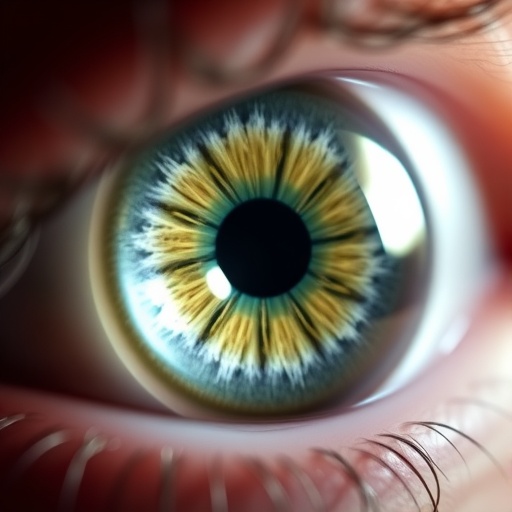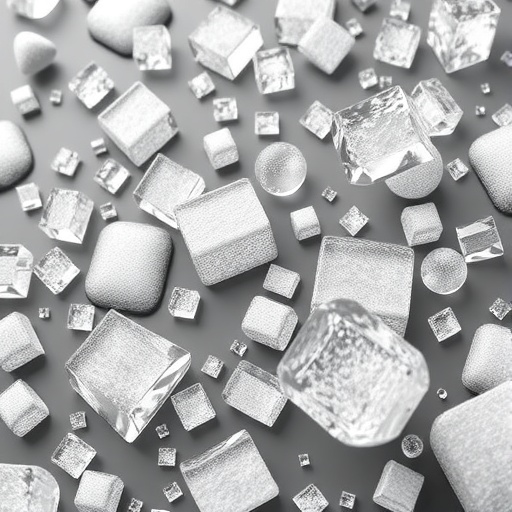In recent years, the landscape of glaucoma therapies has undergone significant changes, particularly with the introduction of preservative-free formulations. A comprehensive study by Konstas, Holló, and Boboridis delves into the historical context and future directions of these innovative treatments that aim to enhance patient compliance and reduce adverse effects associated with traditional therapies. This exploratory journey into the realm of preservative-free gel-formulated glaucoma therapies is not only timely but essential, considering the increasing prevalence of glaucoma worldwide.
Understanding glaucoma is fundamental to grasping the importance of preservative-free therapies. Glaucoma is a progressive optic neuropathy characterized by the gradual loss of retinal ganglion cells, leading to irreversible vision impairment or blindness if left untreated. The disease often progresses silently, with many patients unaware of their condition until significant damage has occurred. The management of glaucoma relies on lowering intraocular pressure (IOP) through various pharmacological agents, of which preservative-free formulations are gaining traction.
Historically, the formulation of glaucoma medications included preservatives like benzalkonium chloride (BAK) to extend the shelf life of eye drops and maintain their efficacy. However, these preservatives have been shown to cause ocular surface toxicity, leading to increased discomfort and reduced compliance among patients. The adverse effects observed with preserved formulations have sparked a surge in the development of preservative-free alternatives, marking a pivotal shift in glaucoma management.
One of the prominent advantages of preservative-free therapies is their compatibility with the ocular surface. As highlighted in the literature, patients using preserved drops often report symptoms such as burning, stinging, and redness, which can severely affect their adherence to prescribed regimens. By eliminating preservatives, these new therapies minimize ocular surface irritation, allowing for a more tolerable treatment experience. Such improvements could significantly increase patient compliance, which is crucial in managing chronic conditions like glaucoma.
The study by Konstas and colleagues emphasizes the importance of exploring not only the past but also the future of glaucoma therapies. The advent of gel formulations represents a new frontier in drug delivery systems, providing sustained release and improved bioavailability of active pharmaceutical ingredients. These gel formulations can enhance patient comfort and may lead to more effective reduction in IOP through prolonged contact time with the ocular surface.
The regulatory pathway for introducing these innovative therapies has also evolved. Clinical trials assessing the efficacy and safety of preservative-free gel formulations have been pivotal in demonstrating their advantages over traditional therapies. Findings indicate a favorable safety profile and improved patient outcomes, making a strong case for their incorporation into routine clinical practice.
Despite the promising results, the road ahead is not without challenges. The cost of developing new formulations can be a significant barrier to entry. Moreover, educating both healthcare providers and patients on the benefits of preservative-free options will be critical in facilitating a broader acceptance of these therapies. The transition from traditional preserved medications to preservative-free alternatives requires a concerted effort from manufacturers, clinicians, and healthcare systems.
Another noteworthy aspect explored in this research is the role of technology and innovation in the development of glaucoma medications. Advances in formulation science have enabled the creation of products that not only prioritize patient comfort but also enhance therapeutic efficacy. The implications of these advancements extend beyond glaucoma, as similar strategies can be applied to other ocular conditions, potentially revolutionizing the field of ophthalmology.
Furthermore, the study highlights the importance of patient-centered care. As the healthcare landscape continues to evolve, incorporating patient preferences and experiences into the development of treatment options is paramount. Preservative-free therapies align with this approach, emphasizing the need for solutions that prioritize the quality of life for individuals affected by glaucoma.
As we consider the future, it is essential to remain vigilant about ongoing research and the potential for further innovations in glaucoma therapy. Investigating novel drug delivery systems, exploring combination therapies, and enhancing the bioavailability of existing medications are avenues that hold promise. The collaborative efforts of researchers, industry, and clinicians will be necessary to ensure that patients receive the most effective and safe treatment options available.
In conclusion, the research conducted by Konstas, Holló, and Boboridis sheds light on the critical evolution of glaucoma therapies towards preservative-free formulations. This transition represents a significant leap toward improved patient compliance and enhanced therapeutic outcomes. As we look to the future, it is imperative to support continued research and development endeavors while fostering a collaborative environment that prioritizes patient-centered care. The movement towards preservative-free therapies could indeed signify a new era in the management of glaucoma, offering hope for improved vision preservation and quality of life for countless individuals worldwide.
Subject of Research: Preservative-Free Gel-Formulated Glaucoma Therapies
Article Title: Preservative-Free Gel-Formulated Glaucoma Therapies: Learning from the Past, Looking to the Future
Article References:
Konstas, A.G., Holló, G. & Boboridis, K.G. Preservative-Free Gel-Formulated Glaucoma Therapies: Learning from the Past, Looking to the Future.
Adv Ther (2025). https://doi.org/10.1007/s12325-025-03342-0
Image Credits: AI Generated
DOI: 10.1007/s12325-025-03342-0
Keywords: glaucoma, preservative-free, gel formulations, ocular therapy, patient compliance, therapeutic efficacy, ocular surface toxicity.
Tags: future directions in glaucoma treatmentsgel-formulated glaucoma medicationsglaucoma treatment advancementshistorical context of glaucoma medicationsimpact of preservatives in eye dropsincreasing prevalence of glaucoma worldwideinnovative ophthalmic therapiesintraocular pressure managementocular surface toxicity in glaucomapatient compliance in glaucoma managementpreservative-free glaucoma therapiesreducing adverse effects in glaucoma treatments





